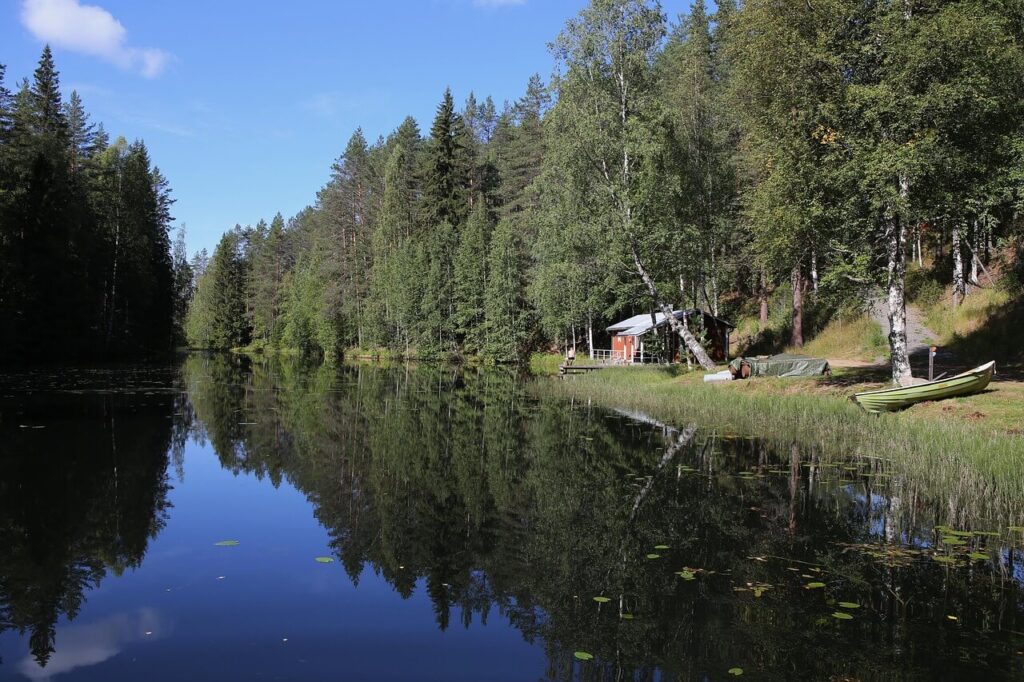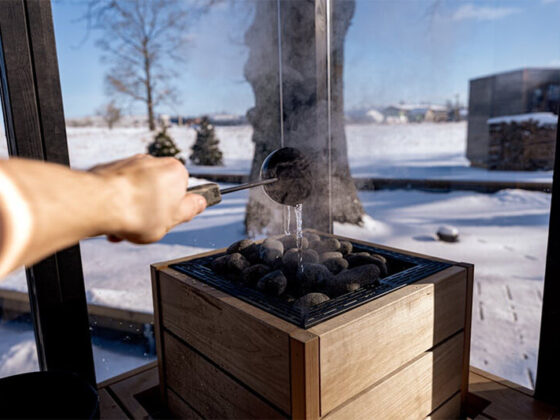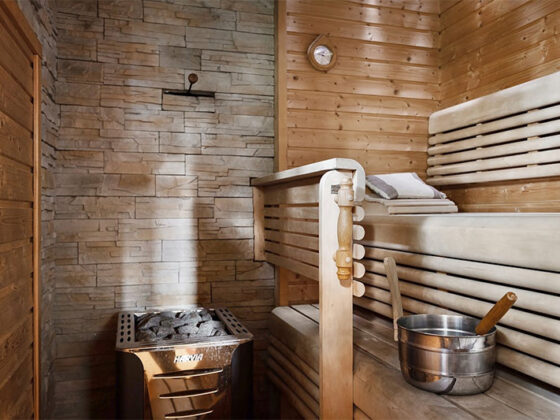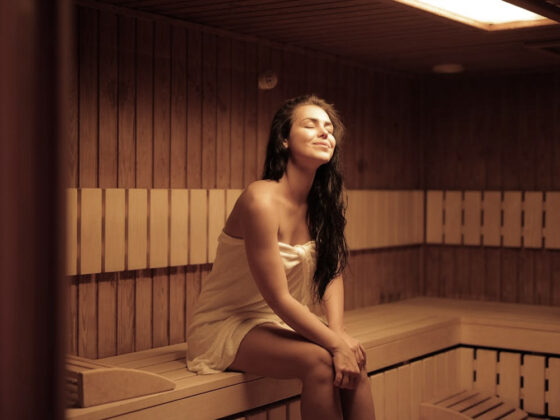The end of the Second World War ushered in a new era for Finland. It was a time of rebuilding, economic growth, and a surge in national pride. In this period of transformation, the sauna experienced its own renaissance, evolving from a national tradition into a global phenomenon. The humble wooden room was about to become Finland’s most famous cultural export.
A Sauna in Every Home (and Cottage)
The post-war decades saw a massive increase in prosperity and a move towards suburban living. For Finns, building a new life meant building a new sauna. Private saunas became a standard feature in newly constructed single-family homes. The dream of a summer cottage, or mökki, on a lakeside plot also became a reality for many families—and no mökki was complete without its own wood-fired sauna. This cemented the sauna as a central part of family life and leisure.
The true revolution, however, came in the 1950s with the invention of the electric sauna heater. This compact, easy-to-use device meant that a sauna could now be installed almost anywhere, including in city apartments. Suddenly, the sauna experience was accessible to virtually every Finn, no longer limited by space or the need for a wood fire. The number of saunas in Finland skyrocketed, reaching a density unmatched anywhere else in the world.
Sauna Diplomacy and Sporting Fame
As Finland stepped onto the world stage, it brought the sauna with it. Finnish embassies and consulates around the globe were built with their own saunas, which became a unique tool for “sauna diplomacy.” Inviting foreign dignitaries for a session was a way to break down barriers, foster informal discussion, and share a piece of Finnish soul. In the relaxed, honest atmosphere of the sauna, trust could be built where traditional negotiations might fail.
Finnish athletes also played a key role. At Olympic Games and other international sporting events, the Finnish team would often have its own sauna for relaxation and recovery. This piqued the curiosity of athletes and journalists from other countries. Legendary runners like Paavo Nurmi attributed their success, in part, to the regenerative powers of the sauna, turning it into a topic of international conversation about health and performance.
Branding Finland
Organizations like the Finnish Sauna Society, founded in 1937, worked diligently to preserve the authentic traditions while promoting the sauna’s benefits. As tourism to Finland grew, the sauna was marketed as a quintessential experience—a must-do for any visitor wanting to understand the country.
The sauna became a key part of Finland’s national brand: a symbol of authenticity, nature, well-being, and a unique way of life. It was no longer just Finland’s private sanctuary; it was its gift to the world.




